Choosing the Right Plum Tree: Factors to Consider
Types of Plum Trees
Before you start planting a plum tree, it’s important to consider the different types of plum trees available. There are two main categories of plum trees: European and Japanese. European plum trees are typically smaller, with a more upright growth habit, while Japanese plum trees tend to be larger and have a more spreading growth habit.
Within these categories, there are many different varieties of plum trees, each with its own unique characteristics. Some popular European varieties include Stanley, Italian, and Damson, while popular Japanese varieties include Santa Rosa, Methley, and Shiro.
Factors to Consider When Choosing a Tree
When choosing a plum tree, there are several factors to consider. The first is climate. Plum trees require a certain number of chill hours (hours below 45°F) in order to produce fruit, so it’s important to choose a variety that is appropriate for your climate.
Soil is another important factor to consider. This palnts prefer well-draining soil that is rich in organic matter. It’s also important to consider the pH of the soil, as plum trees prefer slightly acidic soil with a pH between 5.5 and 6.5.
Space is also a consideration when choosing a plum tree. Most varieties require at least 12 feet of space between trees, so make sure you have enough room in your yard before planting.
Popular Varieties of Plum Trees




Some popular varieties of plum trees include:
- Santa Rosa: A Japanese variety with large, juicy fruit and a sweet flavor.
- Stanley: A European variety with dark purple fruit and a sweet-tart flavor.
- Methley: A Japanese variety with red fruit and a sweet flavor.
- Italian: A European variety with large, oval-shaped fruit and a sweet flavor.
When choosing a variety, consider factors such as fruit size, flavor, and ripening time to find the best fit for your needs.
By considering these factors, you can choose the right plum tree for your yard and ensure a successful harvest for years to come.
Planting Your Plum Tree: Tips for Success
Best Time to Plant
The best time to plant a plum tree is in late winter or early spring, when the tree is still dormant. This allows the tree to establish its roots before the hot summer weather arrives.
Preparing the Soil
Before planting your plum tree, it’s important to prepare the soil. Start by digging a hole that is at least twice as wide as the tree’s root ball and just as deep. Remove any rocks, weeds, or other debris from the soil.
Next, mix in some compost or other organic matter to help improve the soil’s fertility and drainage. You may also want to add some fertilizer to provide the tree with the nutrients it needs to grow.
Planting the Tree
To plant the tree, gently remove it from its container and loosen any tangled roots. Place the tree in the center of the hole, making sure that the top of the root ball is level with the surrounding soil.
Backfill the hole with soil, making sure to tamp it down firmly to eliminate any air pockets. Water the tree thoroughly to help settle the soil around the roots.
Watering and Fertilizing
After planting, it’s important to keep the tree well-watered. Water deeply once a week, making sure to soak the soil to a depth of at least 12 inches.
You may also want to fertilize the tree to provide it with the nutrients it needs to grow. Apply a balanced fertilizer in the spring, just as the tree is starting to grow. Be careful not to over-fertilize, as this can damage the tree.
By following these tips, you can ensure that your plum tree gets off to a healthy start and provides you with delicious fruit for years to come.
Caring for Your Plum Tree: Tips for Maintenance
Watering for Plum Tree
Proper watering is essential for the health of your plum tree. During the first year after planting, water the tree deeply once a week. In subsequent years, water the tree deeply every two to three weeks during the growing season.
Pruning
Pruning is important for maintaining the shape and health of your plum tree. Prune the tree in late winter or early spring, before the buds start to swell. Remove any dead, diseased, or damaged wood, as well as any branches that are crossing or rubbing against each other.
Fertilizing
Fertilizing your plum tree can help it grow strong and produce abundant fruit. Apply a balanced fertilizer in the spring, just as the tree is starting to grow. Be careful not to over-fertilize, as this can damage the tree.
Pest and Disease Control
Plum trees are susceptible to a variety of pests and diseases, including aphids, mites, and bacterial canker. To prevent these issues, keep the tree healthy by providing it with proper care and maintenance.
If you do notice signs of pests or disease, take action immediately. You may need to apply an insecticide or fungicide to control the problem.
Harvesting of Plum Tree
Plum trees typically produce fruit in mid- to late summer. To harvest the fruit, wait until it is fully ripe and then gently twist it off the tree. Be careful not to damage the fruit or the tree.
Winter Care for Plum Tree
During the winter months, it’s important to protect your plum tree from cold temperatures and harsh weather conditions. Apply a layer of mulch around the base of the tree to help insulate the roots, and cover the tree with a frost blanket or other protective material if necessary.
By following these tips, you can ensure that your plum tree stays healthy and productive for many years to come.
Conclusion
In conclusion, planting and caring for a plum tree can be a rewarding experience for any gardener. By choosing the right variety for your climate and soil, preparing the soil properly, and providing the tree with proper care and maintenance, you can enjoy a bountiful harvest of delicious fruit year after year. Remember to water the tree deeply, prune it regularly, fertilize it appropriately, and protect it from pests and disease. With these tips in mind, you can enjoy the beauty and flavor of a healthy plum tree in your own backyard.

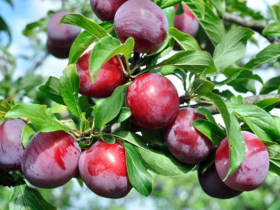
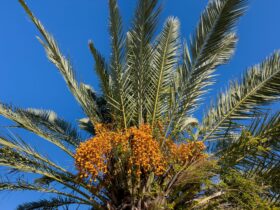

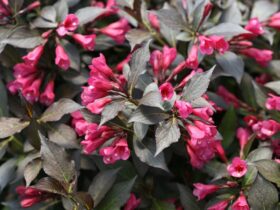
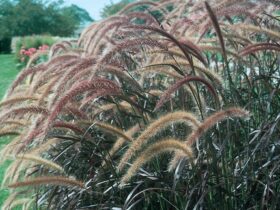
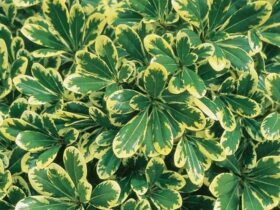


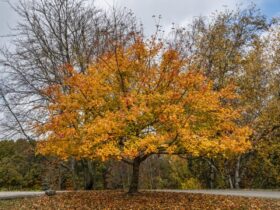

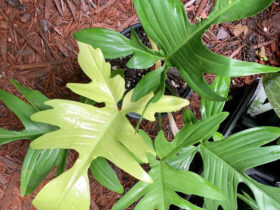
Leave a Reply